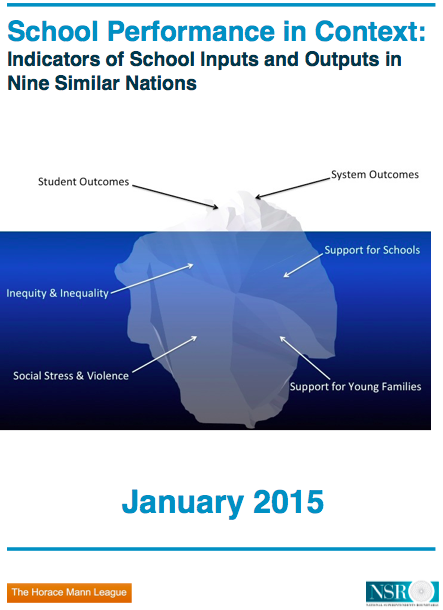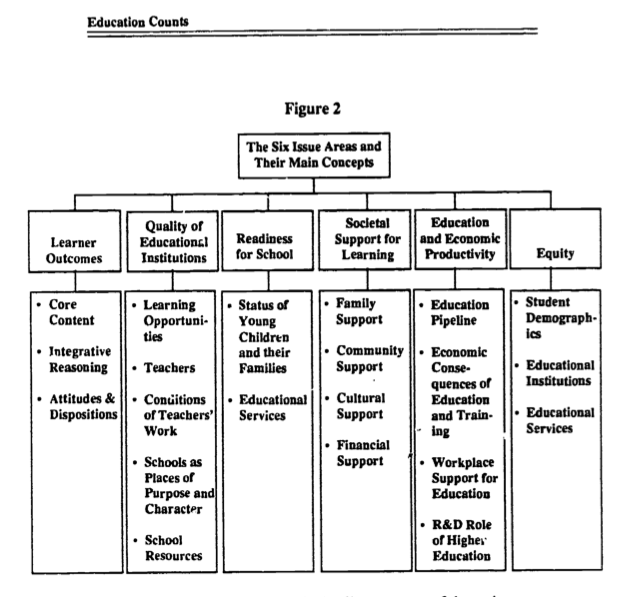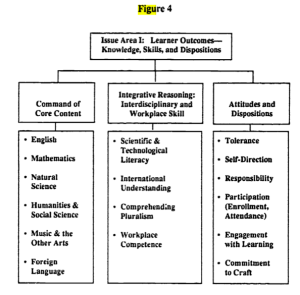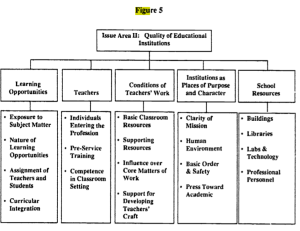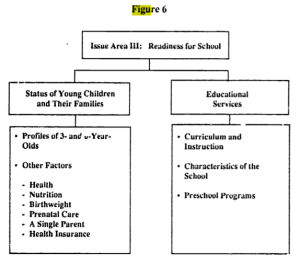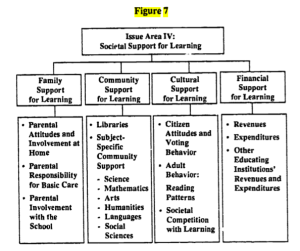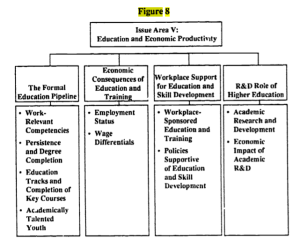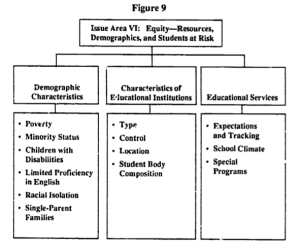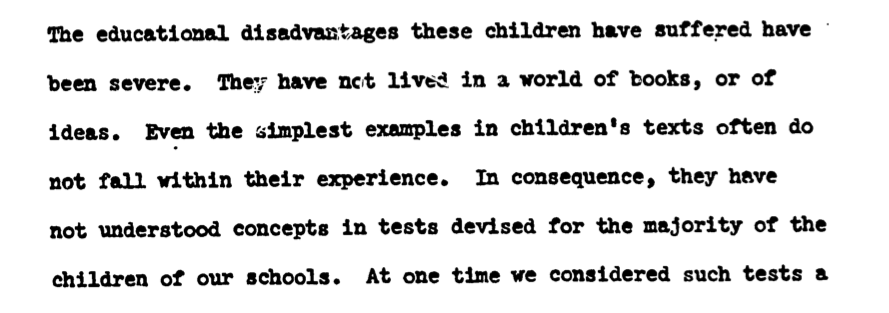Not only is refusal —or “opting out”— of standardized testing justified, it is necessary. Here’s why: the “reform” process of No Child Left Behind failed and the system failed to respond, or even acknowledge, the crux of the problem despite the repeated attempts of many to help make the law better.
Many parents in low-income communities endured the senseless, useless, time-consuming, curriculum-narrowing, opportunity-limiting implementation of the No Child Left Behind standardized testing regime. Quietly? No, not all of them. Many wrote letters to representatives, editorials to newspapers, dozens upon dozens of researched papers, and even books!
We dissenters attended meetings; we petitioned, protested, and marched. We should have seen things change for the better during the last decade but instead; the next generation of parents got “higher standards” and “next generation assessments.”
The “silver bullet” of standards and testing tied to “accountability” was sold to the public as the path to school improvement. No proof then; no proof now.
We should be outraged.
Last straw? Prompted by tactics and threats aimed at parents that have refused to allow their children to take the “next generation” Common Core aligned tests, I reached a tipping point and directed my words of condemnation at a school district administrator —who had written a disturbing letter to parents and guardians. My letter in response included questions that should have been allowed to be asked, and been answered, in an “open, large scale forum” on education reform BEFORE it happened to us.…Let me step off my soapbox …. and cut to the chase for you readers. …
The concern for compliance with rules and laws mandating testing participation was clearly stated in the districts’ letter, “…the district must ensure compliance with State and Federal laws.”
QUESTION: how do these laws and codes supersede the civil rights of parents as guaranteed by the Due Process Clause of the Fourteenth Amendment of the Constitution of the United States?
Also in the letter was an expression of consideration, “I fully understand every parent’s desire to make educational decisions they think are best for their child…” But… the tone of the letter was meant to discourage parents from doing what they felt was best. How can there be “full understanding”?
FURTHER QUESTIONS: How do parents decide what is right without a full disclosure of information?
With the “next generation assessments” being computerized, being “adaptive” in nature, and teachers not being allowed to view the tests unless specifically certified by the company or state and then not being allowed to discuss the test, what are parents or guardians consenting to when they allow a child to be tested through the new testing consortium? ( COPPA-Children’s Online Privacy Protection Rule requires schools obtain verifiable parental consent for their children’s personal information to be entered during the testing process.)
Are our data exchange projects with other states still ongoing?
With student data being linked with information from agencies outside the State Department of Education, will parents or guardians be given the chance to give consent to each transfer of their student’s data?
In informed decision making on this matter, all facts are required to decide if the decision to refuse this testing will severely impact the quality of education in the district, as stated in the letter. Does the risk outweigh the impact of lost instructional time, lost instructional dollars, and loss of control of curriculum content as well as private student information?
There is a reason the dissenters to high-stakes testing have not been sufficiently heard.
Here’s an example:

Bill & Melinda Gates Foundations are major sponsors and this piece was essential for the Common Core State Standards Initiative package deal.
With the push for development of longitudinal data systems during the pit of the Great Recession, many issues surrounding the Common Core State Standards Initiative and its “next generation” tests were not fully vetted in the arena of public opinion partially because it became a “best practice” to “not engage in large scale, open forums.” The not-to-be open debate on education reform could have benefited the public’s understanding of No Child Left Behind, the Common Core State Standards Initiative and its “next generation” assessments.
The not-to-be open debate on education reform could have benefited the public’s understanding of No Child Left Behind, the Common Core State Standards Initiative and its “next generation” assessments.
Now, the public should consider why test refusal is necessary:
1) No Child Left Behind is the federal law upon which the nation was convinced they must comply with high-stakes standardized testing. Thirteen years later, that nonsensical overstep by the federal government has yet to be challenged in our superior courts. Disregarding research about appropriate uses of standardized tests and with no regard for objections raised by the people affected by the law, the law remains in place and the reauthorization process is far from transparent. Consent by the People has not been deemed to be of importance therefore leaving civil disobedience as the next step in a parent’s duty to defend what they think is best for their children.
2) The Common Core State Standards Initiative was never about “just” the standards. There was always the intent to develop the “next generation assessments” to correspond with the Common Core Standards. Our American Reinvestment and Recovery Act (ARRA/TARP) dollars served as the seed money for the two consortiums to develop these tests. What has always been missing from any public discussion was the intent of the two private, non-profit groups that hold the copyright for the standards — the Council of Chief State School Officers (CCSSO) and the National Governors Association (NGA). The intention was/is to “direct the collection of student data to a single reporting office within the U.S. Department of Education through the reauthorization of ESEA” (the Elementary and Secondary Education Act) otherwise know as No Child Left Behind. This is item #10, on page 9, of the CCSSO/NGA “new deal” for ESEA reauthorization.
3) What should be respected and understood about a parents’ refusal to comply with the rules, regulations, and laws set down for them by their elected representatives, who have not represented their views, is that they feel a strong moral responsibility to do what is right for their children. Many parents feel forced or coerced participation in testing is wrong, and is potentially, and in reality, driving a wedge between them and their child, their teachers, their school administrators, their neighbors, communities, and the larger society who can’t comprehend or understand their stance. What we should understand as citizens is that it is morally reprehensible to turn a blind eye to rules, policies, and laws judged to be wrong for children by their own parents.
4) As ordinary law-abiding, tax-paying citizens, we pay our taxes because we know it is the cost of maintaining a civil society including “free” public schools. In a representative form of government founded on the Consent of the People, our choices in this manner should include having “large-scale, open forums” where a meaningful exchange of ideas could occur, or, civil disobedience as a second choice when the first choice has been denied us.
With No Child Left Behind testing mandates, the Common Core State Standards Initiative, and their “next generation” tests and all that go with them, the choice was made for us.
Our “consent” in the decision-making process was denied.
Civil disobedience through test refusal is a parental right in need of supporting.
Politicians put parents and children in the middle of the mess they created through a corrupted political process. There was always a better way.




